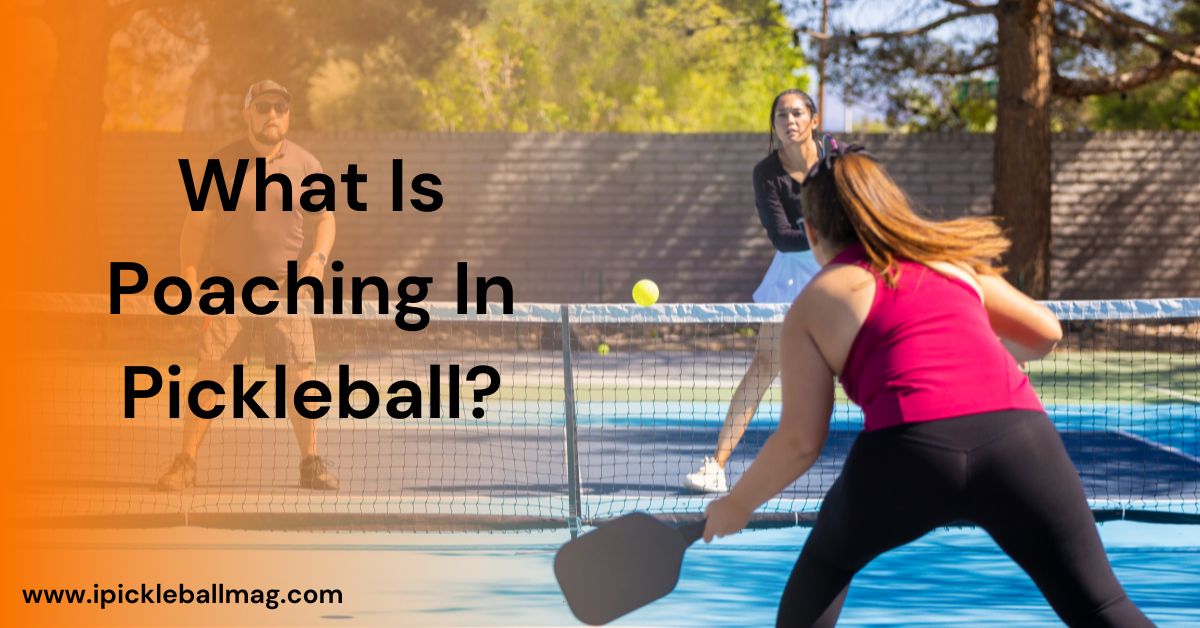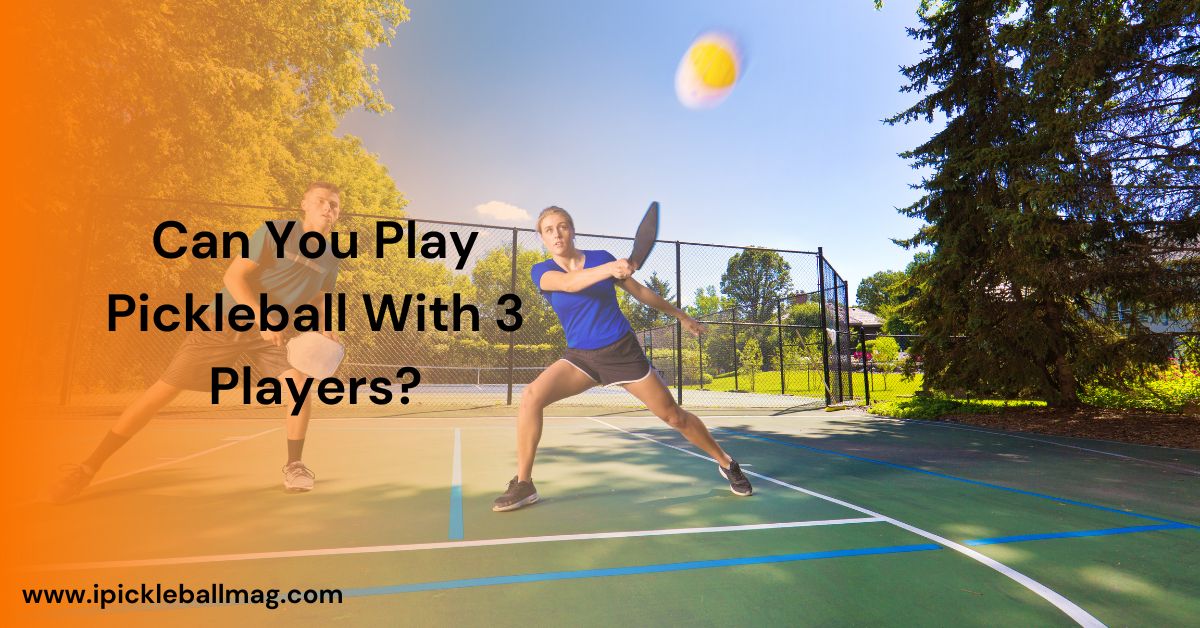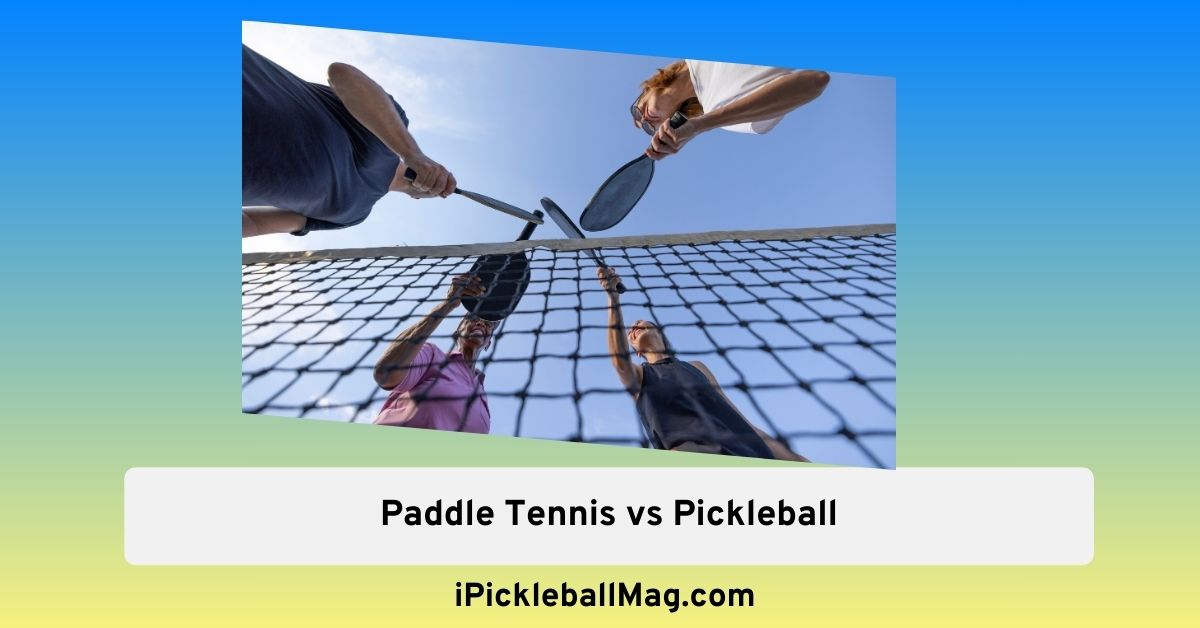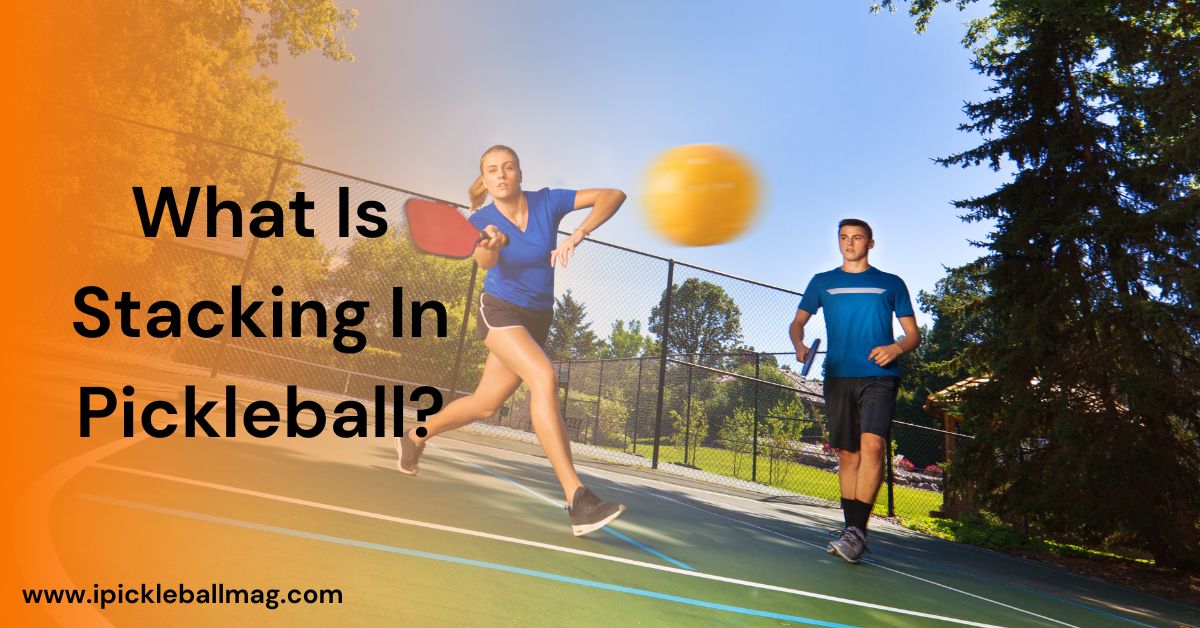What Is A Dink Shot In Pickleball? A Rule You Should Know
A dink shot in pickleball is a delicate, tactical maneuver designed to drop the ball in the adversary’s non-volley zone, forcing a difficult return.
As you read on, discover why mastering the dink can dramatically change the dynamics of your game.
Key Takeaways
- The dink shot in pickleball is a soft, controlled shot aimed to land in the opponent’s Non-Volley Zone, requiring finesse and strategic placement to apply pressure and disrupt their game.
- Effective execution of a dink shot relies on the proper grip (Continental grip), body positioning (with bent knees and an athletic stance), and precise timing for a controlled and accurate shot.
- Dinking is both an offensive and defensive strategy that extends rallies and forces errors.
Decoding the Dink – The Essence of Soft Play in Pickleball

At its core, a dink shot is a controlled, soft shot that lands in your opponent’s Non-Volley Zone, with the apex of the ball’s flight on your side of the court. It’s more than just a shot; it’s a strategic move designed to create pressure by forcing your opponents into a low-contact point.
Contrary to aggressive shots that rely on speed and power, the dink shot is all about patience and precision, serving as an effective defensive shot.
Characteristically, dink shots are short and soft, designed to descend shortly after crossing the net and target your opponent’s feet within the no-volley zone, thus slowing the game pace and promoting strategic play.
The true power of a dink shot lies in its ability to disrupt your opponent’s game while setting up opportunities for smashes or causing opponent errors. Mastering the dink volley and the soft shot hit can be a game-changer in your arsenal of shots.
The Art of the Dink – Technique and Execution
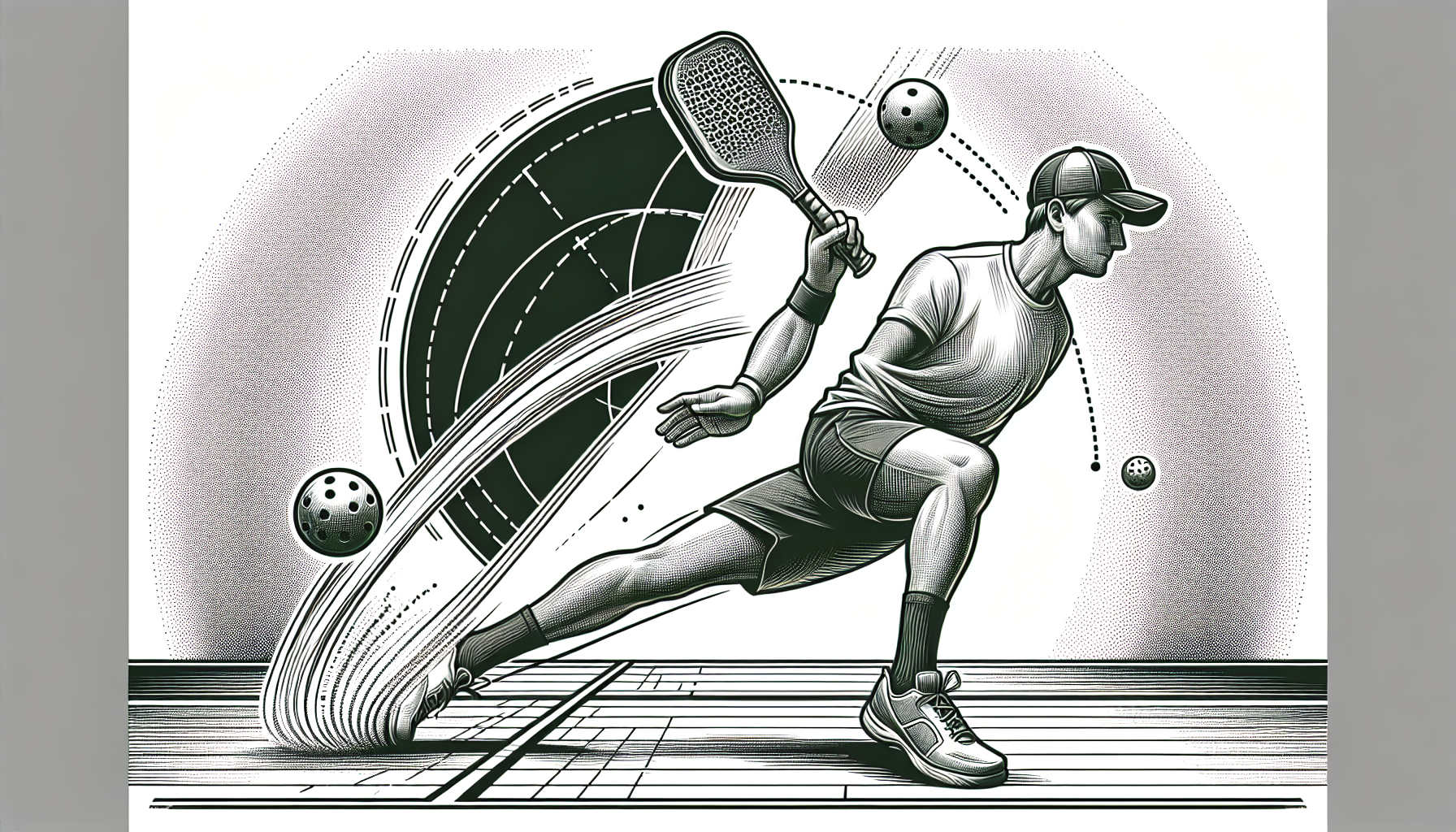
The art of the dink shot involves finesse and control. The technique and execution of this shot set it apart from other pickleball shots. We will now dive into these elements that make a dink shot successful.
The Ideal Paddle Grip for Dinking
The Continental grip is the preferred grip for dinking in pickleball. This grip provides a balance of control and precision, allowing you to place your dink shots with accuracy.
To achieve the Continental grip:
- Hold the paddle with your non-dominant hand.
- Place the base knuckle of your index finger on the bevel of the paddle.
- Wrap your fingers around the handle, keeping a loose grip.
Holding the paddle about 1 to 2 feet away from your body while dinking ensures that your shots are controlled and precise, setting you up for success with your next shot.

Besides grip, a firm wrist significantly contributes to successful dinking. If you flick your wrist during a dink shot, you risk losing control and precision, adversely affecting your shot’s trajectory and landing. So, keeping your wrists firm and your grip steady is crucial when executing a dink shot.
Positioning Your Body for the Perfect Dink
When executing a dink shot, appropriate body positioning is key. This involves:
- Maintaining a stance with bent knees and a straight back
- Moving your feet as needed
- Avoid bending at the waist with stiff legs since it hampers movement and could potentially cause injury.
An athletic stance, with feet wider than hip-width apart, improves reaction time and facilitates better dinking from the non-volley zone line.
Additionally, standing 1-2 inches behind the kitchen line can prevent opponents from finding easy attack angles. It’s important to refrain from backing up too far from the kitchen line during a dink shot.
Staying close to the line and hitting the ball out of the air can prevent the ball bounce from being too high and being attacked by opponents.

Timing and Contact Point
The timing of your dink shot holds equal importance to your body’s positioning. To maintain precision and control, you should:
- Hit the ball about a foot or two in front of you
- Achieve a successful dink shot by using a controlled follow-through with a gentle push instead of a swing
- Keep the contact point out in front
Implementing an arced trajectory in a dink shot allows the ball to clear the net with a small margin and land effectively in the opponent’s non-volley zone.
Remember, it’s crucial to avoid swinging with your elbows as this can result in uncontrolled shots. Instead, swing with your shoulders while keeping your elbow straight for consistent dink shots.
Strategic Placement – Where to Land Your Dinks
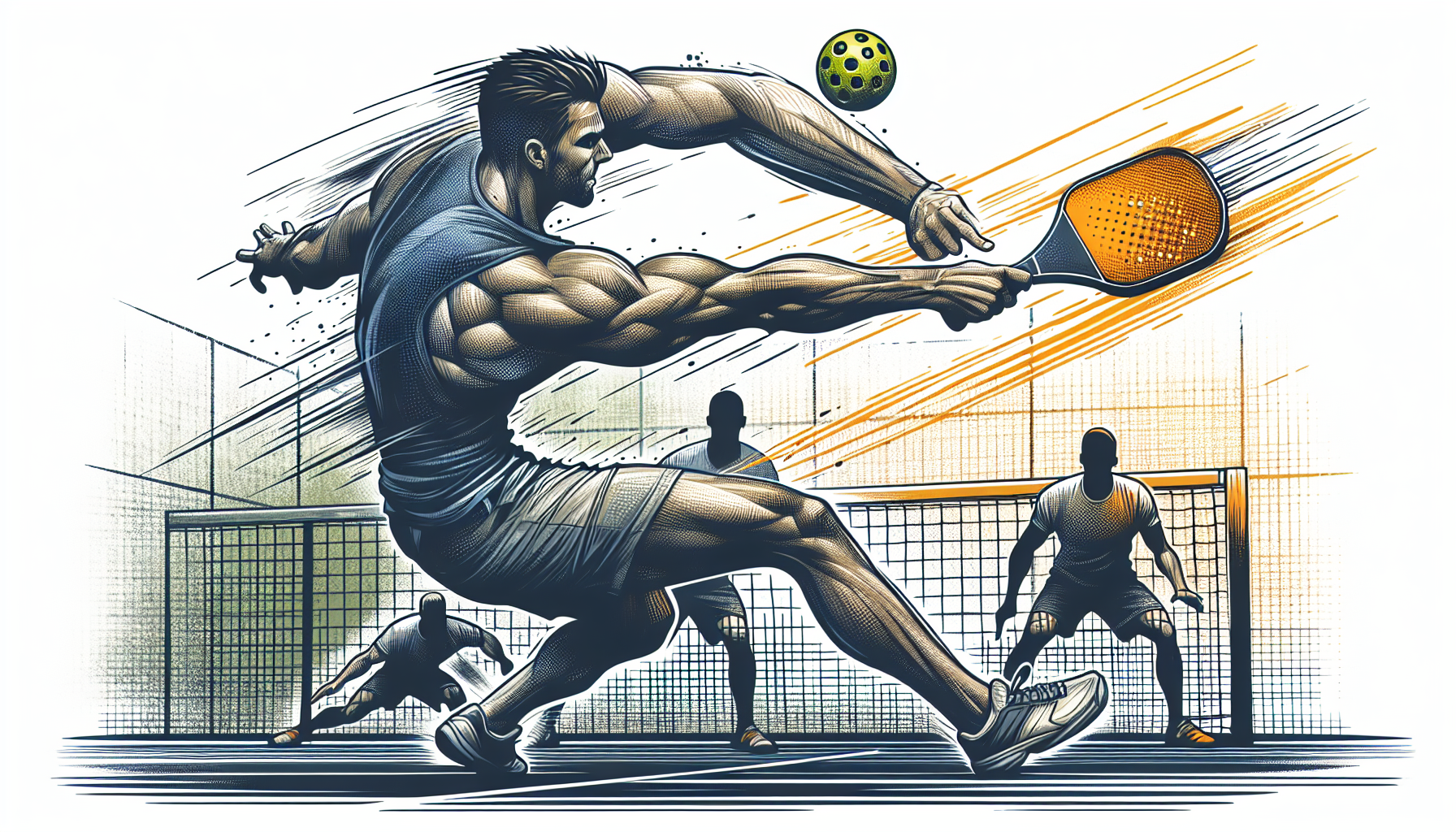
The strategic placement of your dink shots forms a critical part of pickleball strategy. Shaking up the placement of your dinks can unsettle your opponent’s positioning, capitalize on their weak points, and open up scoring opportunities.
One effective placement strategy is the cross-court dink. This shot increases the distance your opponent must cover to return the ball, disrupting their positioning and potentially exploiting their weaknesses, like a weak backhand or poor footwork.
To execute an effective cross-court dink, position yourself near the non-volley zone line, control your backswing, and aim diagonally across the court towards your opponent’s non volley zone.
Incorporating variety in speed, spin, and angle can keep your opponent uncertain and create scoring opportunities.
Additionally, the straightaway dink, a controlled shot, serves as an important shot and a dependable option when a precise cross-court dink is not possible, maintaining the strategy of controlled and thoughtful placement with strategic shots ensuring a high percentage shot.
Dink vs. Drop- Understanding the Difference
Although the dink and drop shots both form key components of pickleball strategy, they differ in their execution and purpose. A dink shot involves a straightforward tapping or pushing motion, while a drop shot requires a high-to-low motion to generate the necessary backspin.

A dink is a gentle shot aimed to land just over the net, maintaining position during a rally. On the other hand, a drop shot is intended to land inside the service box with backspin, minimizing bouncing, and potentially acting as a winner or forcing an error.
Unlike a dink, which is executed close to the net in the kitchen area, a drop shot can be hit from any location on the court, including the baseline. Understanding the difference between these shots and when to use each one can be a game-changer in your pickleball strategy.
The Defensive Power of Dinking
Dinking is not solely an offensive strategy; it also forms a critical part of defensive pickleball tactics. Defensive dinks can slow down the game, forcing aggressive players to return the shot upward, which can lead to an increased chance of errors.
When both players are positioned at the net, the dink becomes even more effective as opponents must hit upwards to return the ball, potentially leading to unforced errors.
To further enhance the defensive power of the dink, the ball should be hit higher and shallower over the net, giving you time to reach a comfortable defensive stance.
Offensive Dinking – Applying Pressure with Precision
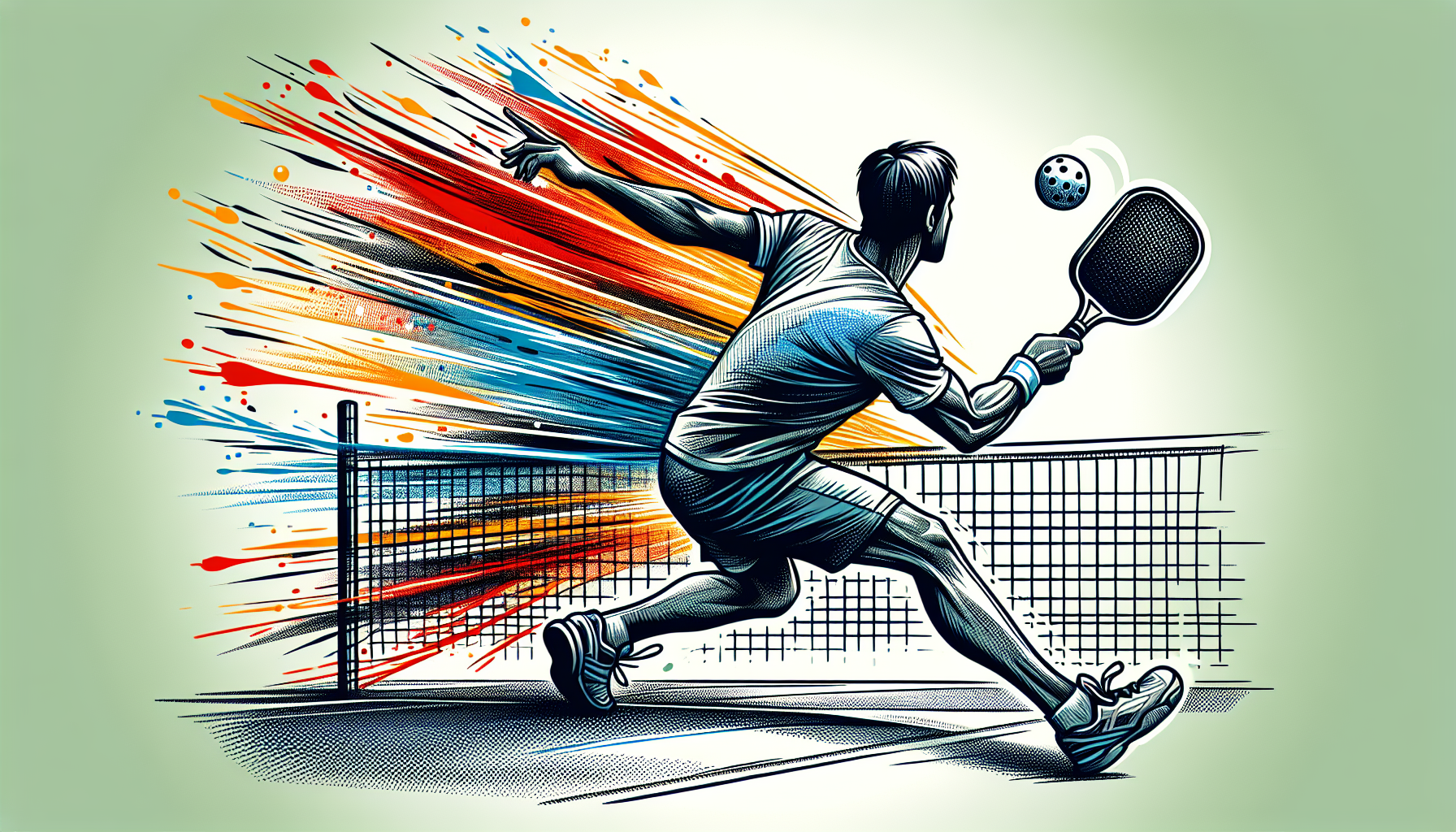
While defensive dinking focuses on stability and control, offensive dinking aims to apply pressure. By manipulating the opponent’s position and using pace, spin, or angles, you can create opportunities for winning the point. Effective offensive dinking involves maintaining a consistent court position and executing dinks from in front of the body to keep control over the kitchen area.
Increasing pressure on opponents can be achieved by:
- Volleying dink shots and taking the ball out of the air, reducing their reaction time
- Placing push dinks near the opponent’s feet
- Forcing them into challenging positions by targeting their weaknesses
These strategies can result in discomfort and potential faults for your opponents.
The Dink Battle – Sustaining the Rally
A dink battle in doubles pickleball challenges your patience, coordination, and strategic decision-making abilities. During a dink battle, all players often converge at the Non-Volley Zone line, exchanging soft dink shots over the net after the game progresses past the initial third shot drop.

Executing a dink battle with patience is essential, as it not only extends the rally but also increases the likelihood of inducing a mistake from the opponent. When faced with an opponent’s aggressive dink that challenges your positioning, the response may require a defensive dink to neutralize the play.
Partners in doubles play must maintain coordination, moving in tandem and communicating effectively throughout the dink rally, particularly for shots directed down the middle.
Avoiding Common Dinking Mistakes
Mastering the dink shot can notably improve your pickleball game, but it’s equally important to evade common dinking mistakes.
For instance, a tight backswing during a dink prevents the ball from popping up, reducing the chance of creating opportunities for your opponents to attack.
By avoiding such mistakes, you can maintain control over the game and keep your opponents on their toes.

Elevate Your Game – Advanced Dink Techniques
Mastering advanced dink techniques is essential to take your pickleball game to the next level. One such technique is the volley dink, which significantly enhances your net game, making you more formidable.
In addition to mastering the volley dink, creating an unpredictable game by mixing up your dinks can keep your opponents guessing. Alternating between crosscourt and straight shots adds variety to your game and keeps your opponents on their toes.
The key to maintaining offensive pressure is effectively transitioning from cross-court dinks to other shots, such as powerful drives or unreachable lobs.
Practice Makes Perfect: Drills for Dink Mastery

Understanding the theory behind the dink shot is important, but practice is the cornerstone of mastering this essential pickleball strategy.
The ‘2 Touch Dink Ball Control Drill’ is a popular drill designed to enhance paddle control through a series of progressive difficulty levels. This drill involves a mix of ball control via dinks and self-returns, training players to volley after a bounce, and increasing the difficulty with faster volleys.
In addition to the ‘2 Touch Dink Ball Control Drill,’ the figure eight drill is another effective practice method. This drill involves four players and allows players to practice both aggressive and defensive dinks, enhancing consistency and strategic positioning.
What is a dink shot in pickleball?
A dink shot in pickleball is a controlled, soft shot that lands in your opponent’s non-volley zone, forcing them into a low contact point and slowing the game pace.
It is a strategic move that helps control the game and put pressure on the opponent.
How to execute a successful dink shot?
To execute a successful dink shot, ensure you have the correct paddle grip, body positioning, timing, and placement strategy. These factors are crucial for achieving success in this type of shot.
What is the difference between a dink and a drop shot?
The key difference between a dink and a drop shot lies in their intended landing spots and the motion used to execute them.
In a dink, the aim is to tap the ball just over the net, while a drop shot requires a high to low motion to generate backspin and land inside the service box.
How can dinking be used defensively in pickleball?
Using defensive dinks in pickleball can slow down the game and force aggressive players to make errors by returning the shot upward.
This can be a strategic way to gain an advantage.
Summary
We’ve taken a deep dive into the art of the dink shot in pickleball, discussing its strategic importance, execution techniques, and how to avoid common mistakes.
We’ve also explored the difference between dink and drop shots, the defensive and offensive aspects of dinking, and how to sustain a dink battle.
Mastering the dink shot can significantly elevate your pickleball game. It’s not just about hitting a soft shot over the net; it’s about strategic placement, disrupting your opponent’s rhythm, and creating opportunities to score.
So grab your paddle, hit the court, and start practicing your dinks. With patience, practice, and precision, you’ll soon be a master of the dink shot.

